Shanghai Today
Reliving the past: an old pleasure garden finds modern expression - November 23, 2022
重温过去:一个古老的休闲花园找到了现代的表达方式
Disneyland probably rates high on the list of places to visit today, but about a century ago, Zhang's Garden was the magnet for public outings.
The garden, called Zhangyuan in Chinese, was China's first modern pleasure garden. Around the turn of the last century, it featured an inexhaustible supply of novelties, like a roller coaster, the aquatic Lotic Brave Ride, a fireworks show, circus performances, a charity bazaar and bike racing.
But over time, the garden's glitter faded as new forms of entertainment, like cinemas, captivated the public. The garden area was later converted to private residences and then decayed into a neighborhood of dilapidated houses.
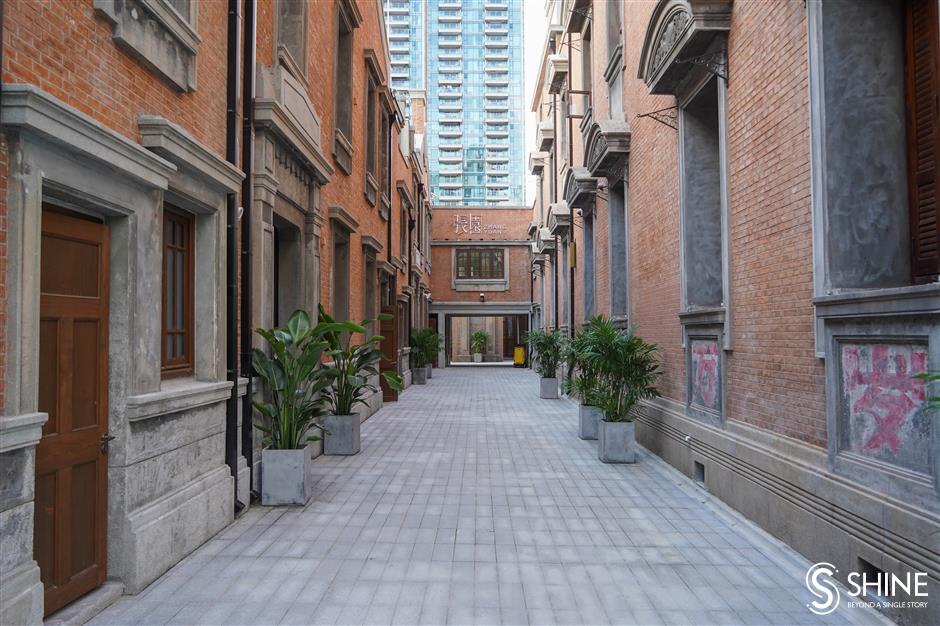
Renovation of the western section of century-old Zhangyuan wraps up.
Today, Zhangyuan is regaining some of its past glory as a lively rendezvous point. Its renovated western section will reopen on November 27, Shanghai Daily learned from the Jing'an District government.
"We want to show people how it looked like 100 years ago," said Zhou Qi, who's been repairing and restoring historical buildings for nearly a decade. "As people meander through the alleyways, they will feel transported back to the heyday of Zhangyuan."

It is set to reopen on November 27.
Now a department manager at the Jing'an Construction & Decoration Industrial Co, Zhou and his team spent a year wrapping up the renovation of the western section of Zhangyuan.
"High buildings and wide roads were once considered to be the epitome of urban development," he said. "But nowadays, it's the revival of historic blocks."
He added, "It's more than just a facelift. Urban renewal is a matter of blending historic buildings and modern settings, providing the public with a blend of the old and the new."
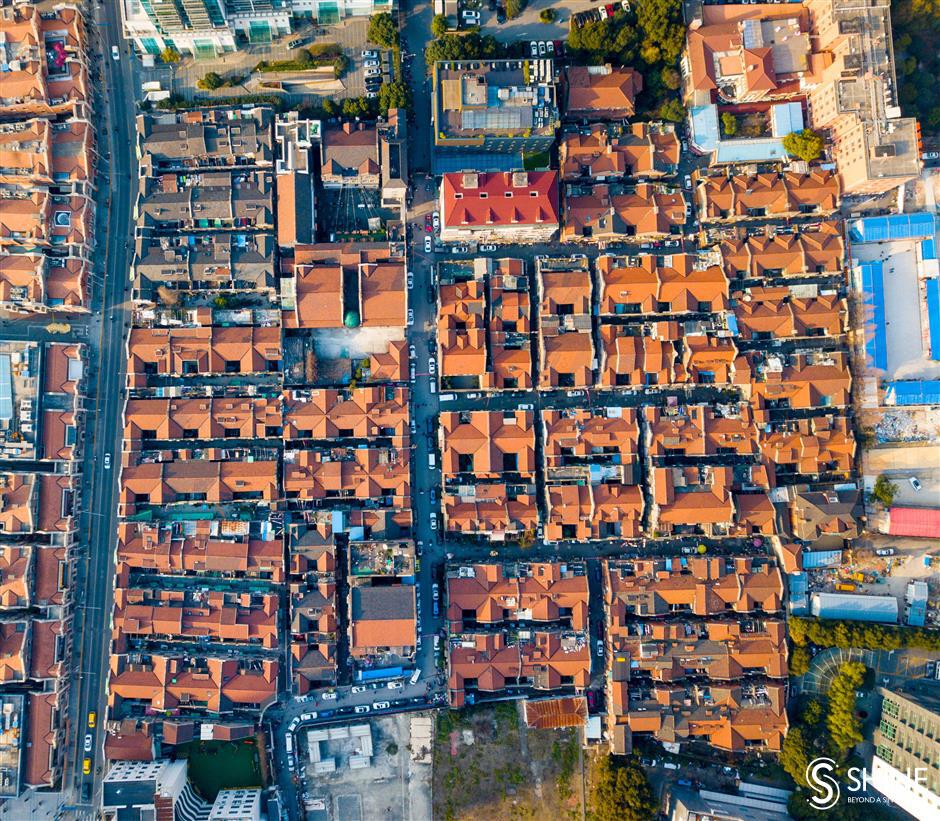
A bird's-eye view of Zhangyuan before its renovation
Zhangyuan, he said, is being reincarnated as a site of fashion, culture and commerce.
Three of the world's biggest fashion conglomerates -- LVMH, Richemont and Kering --- have stolen a march on their rivals in securing vantage storefronts in the redevelopment. They are promising displays of luxury goods never before seen on domestic Chinese shelves.
"Downtown Shanghai needs a place to debut luxury items," Shen Hong, director of the Jing'an Commerce Commission, told Shanghai Daily. "Zhangyuan lives up to that challenge."
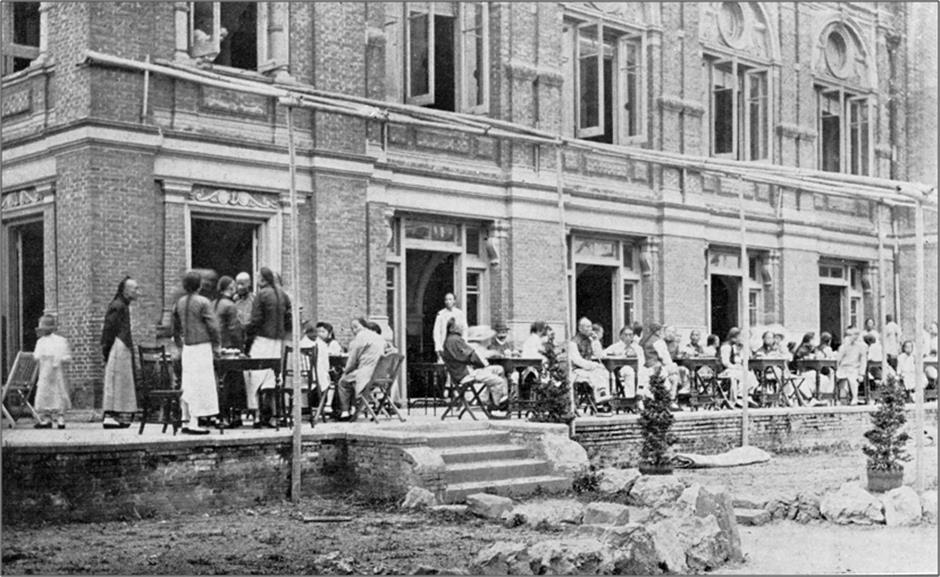
A tea party in Zhangyuan about a century ago
Bounded by Weihai, Wujiang, Maoming Road N and Shimen No. 1 roads, Zhangyuan dates back to 1872, when a British merchant bought a plot of farmland to build garden villas.
The site became famous after wealthy Chinese entrepreneur Zhang Shuhe took it over in 1882 and turned it into the city's most popular pleasure destination three years later.
Pleasure garden came of age in the 18th century in Europe, and Zhangyuan became a Far East expression of that phenomenon.
Notably, it was the site of the city's first electric lighting, first outdoor photo studio, first modern drama performance and first Western-style wedding – among its many groundbreaking activities.
It was also the place to be seen by notables of the era. Revolutionary Sun Yat-sen made speeches there, Chinese martial arts master Huo Yuanjia showcased his skills and painter Liu Haisu exhibited his nudes.
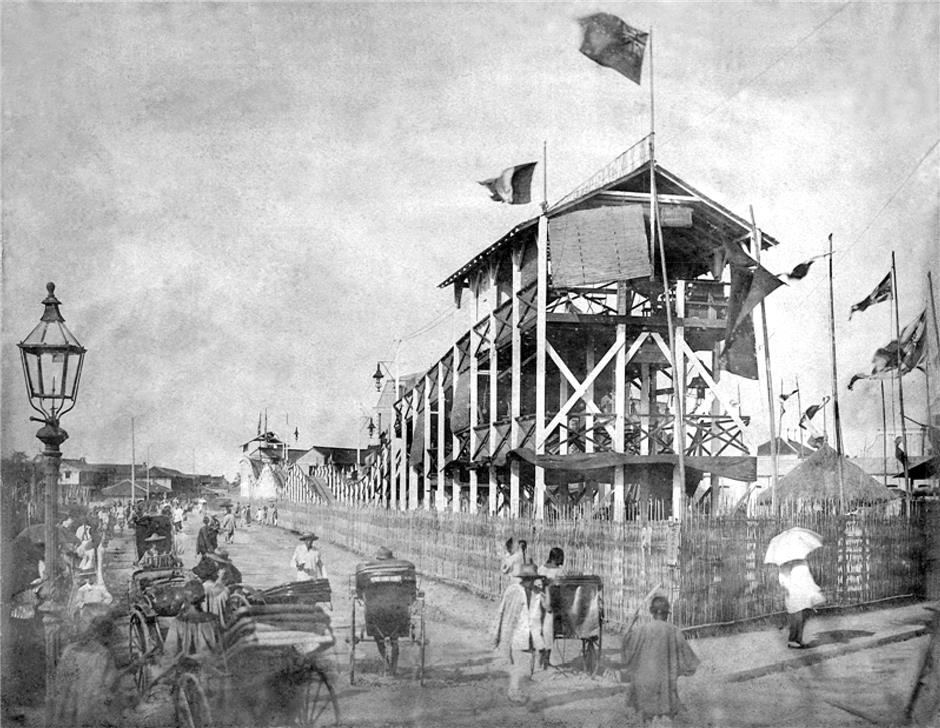
Roller coaster in Zhangyuan more than a century ago
When Zhang died in 1919, his dream park died with him. The area was subdivided and sold to 28 developers. Zhou compares it with a cake cut into 28 pieces.
"Different developers favored different architectural styles in different times," he said. "They basically fall into the shikumen architectural style, but they differed in details that embraced Renaissance, Baroque and eclectic styles. It is quite literally an architectural treasure trove."
The stately residences were later partitioned into smaller units occupied by multiple families, which led to squalid living conditions, with shared kitchens and toilets, and cracked walls and leaky ceilings.
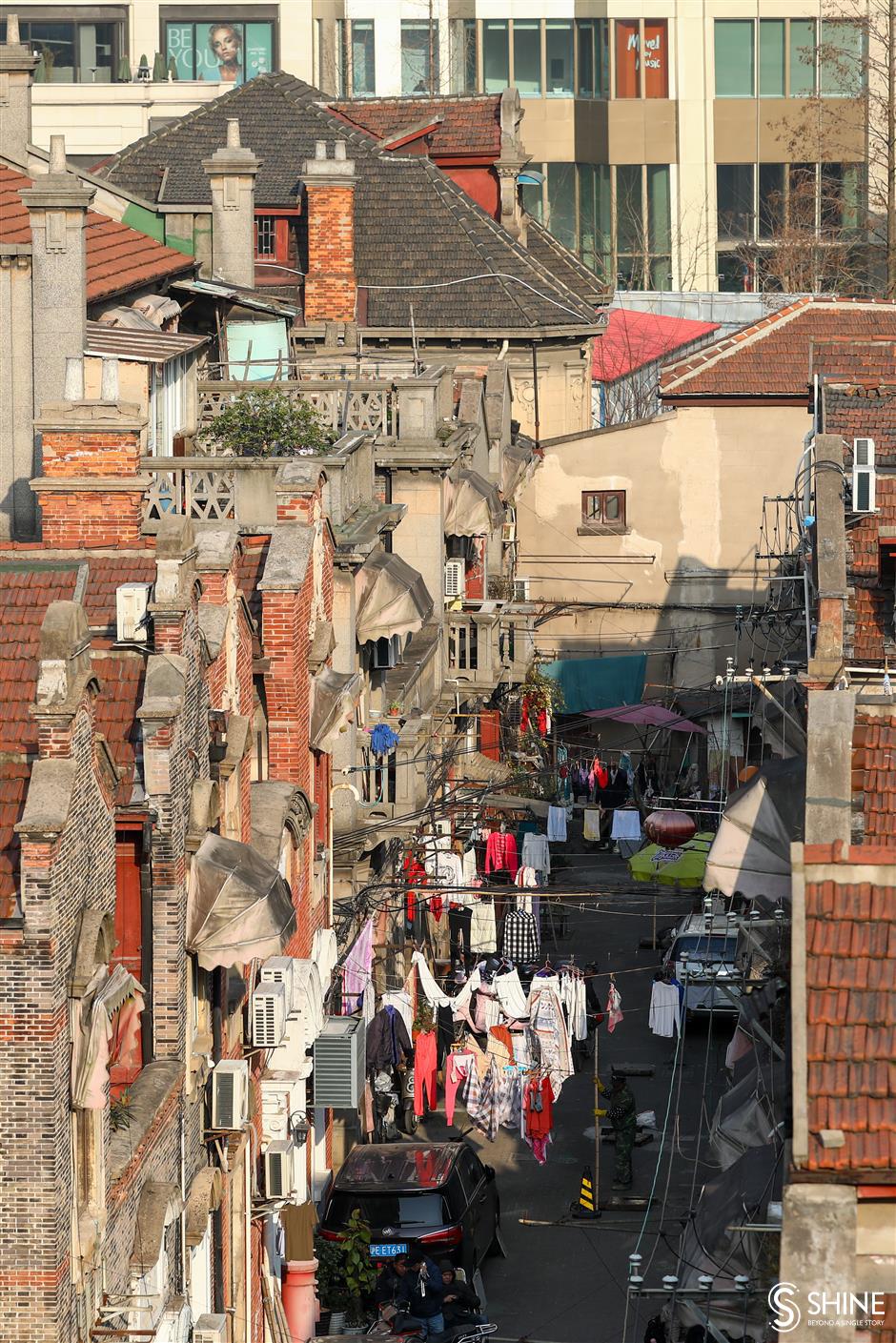
Zhangyuan was a decayed neighborhood before renovation.
Renovation on the 60,000-square-meter old garden started in 2018.
Zhou said 17 historic buildings in the western section and 26 in the eastern section are being preserved. The details of each, including antique fireplaces and wooden staircases, have been catalogued with information about age, history and condition.
Zhangyuan 77, one of the most iconic buildings in the old garden, was known by locals as "the building with the green dome."
A notice posted on the building's wall states that it was designed in 1921 by British architects and owned by a banker named Wang Junchen. It also says that the three-story wood-and-brick structure was built as a garden villa featuring Baroque and traditional Chinese elements.

Zhangyuan 77, an iconic building in Zhangyuan.
The document further states that the building's decor and fixtures would get special attention during the restoration process.
"It's of the highest protection levels in the western section, meaning that its structures, facades and some details have to be restored to their original look," Zhou said. "Like its green dome. Some officials had proposed painting it red to celebrate the centenary of the Chinese Communist Party in 2021, but we insisted that would violate the spirit of the restoration."
Pointing to one mottled pillar, Zhou said, "We purposely didn't remove some of the scratches or slogans written in the old days. We just reinforced them and repaired some cracks. These are historical traces."

Zhou Qi's office in front of Zhangyuan 77 was demolished.
When Zhou joined Jing'an Construction & Decoration Industrial Co in 2008, the company's office was located in Zhangyuan 77.
"At that time, the building was used as office for high-ranking officials, and we, as junior employees, worked in a building erected nearby, which was later demolished," he said, pointing out beyond two trees, "That's where my desk was."
He remembers crossing over a delicate garden to Wujiang Road to buy afternoon snacks. Admittedly, some places were too dilapidated to be repaired, and many original building materials were lost. Construction materials often had to be cannibalized from other old buildings.
"At that time, when historic buildings were razed, bricks, tiles, wooden pillars and other construction materials were treated as waste. So we stepped up to recycle them," Zhou said.
He said old materials, like bricks from the Dongsiwenli shikumen neighborhood about one kilometer away, were invaluable in renovations.
"We now incorporate urban renewal concepts in renovations," he said. "A perfect pairing of the old and new."
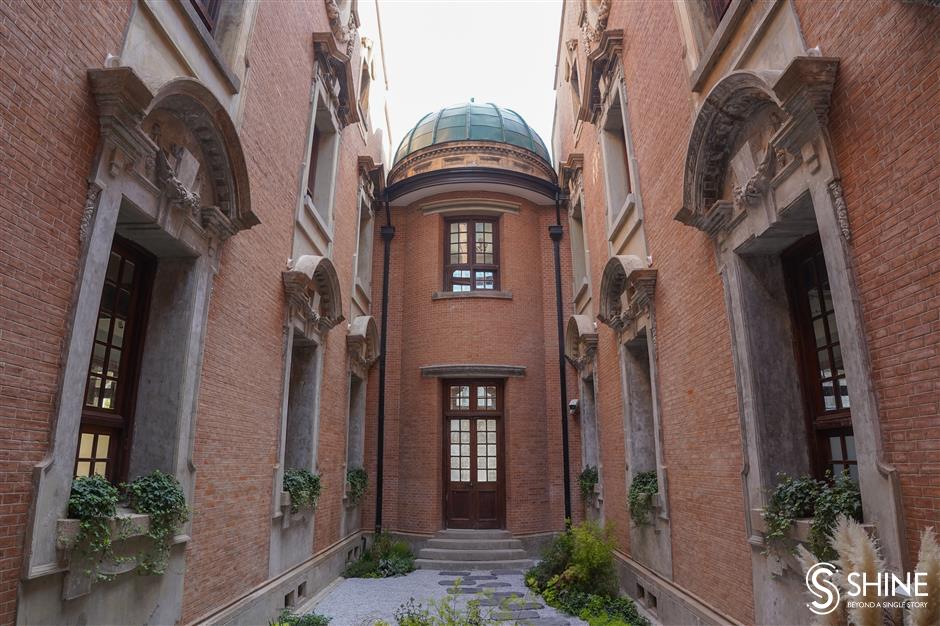
A garden is tucked away in Zhangyuan 77.
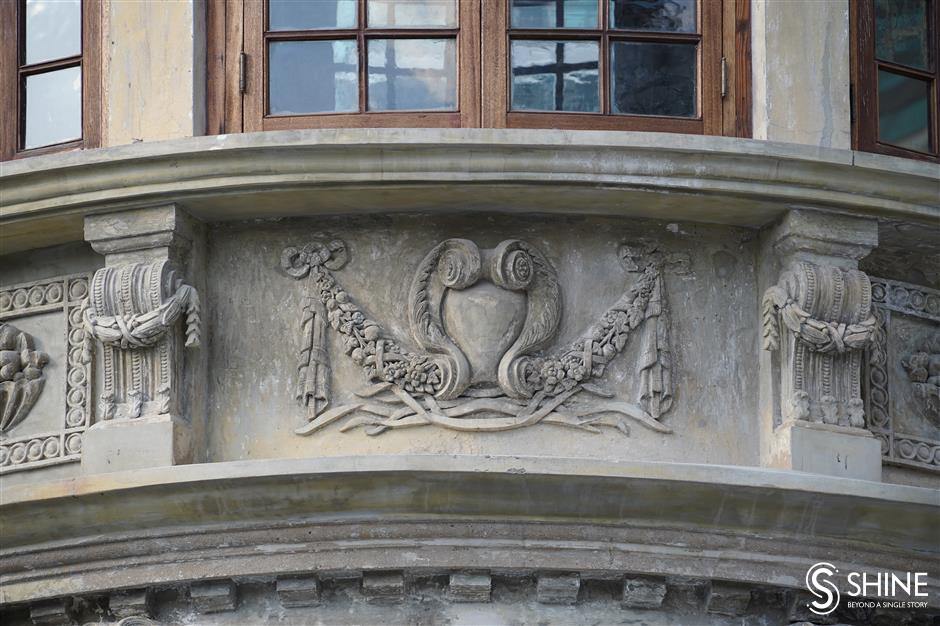
Ornaments of Zhangyuan 77.
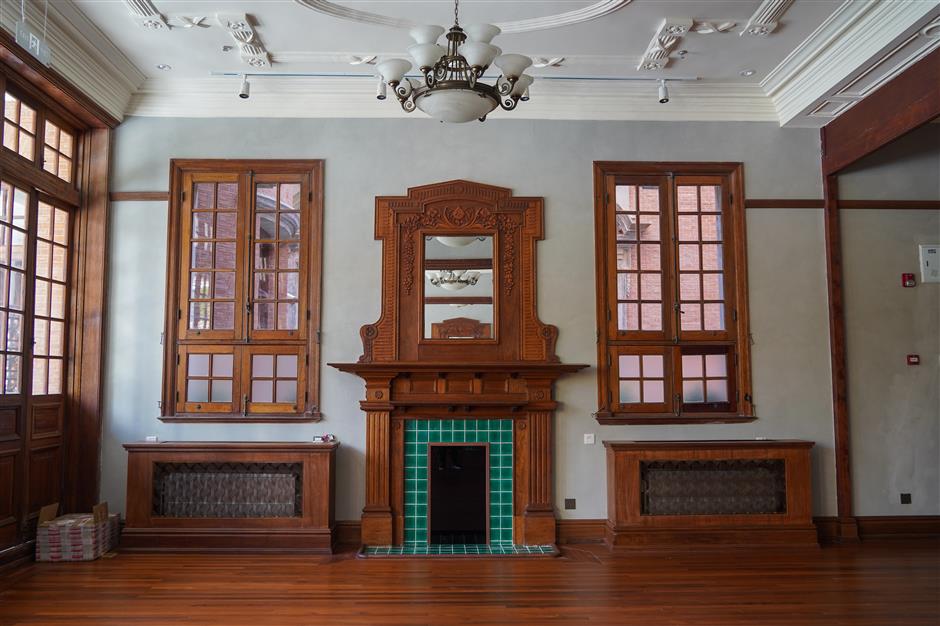
Interior of Zhangyuan 77.
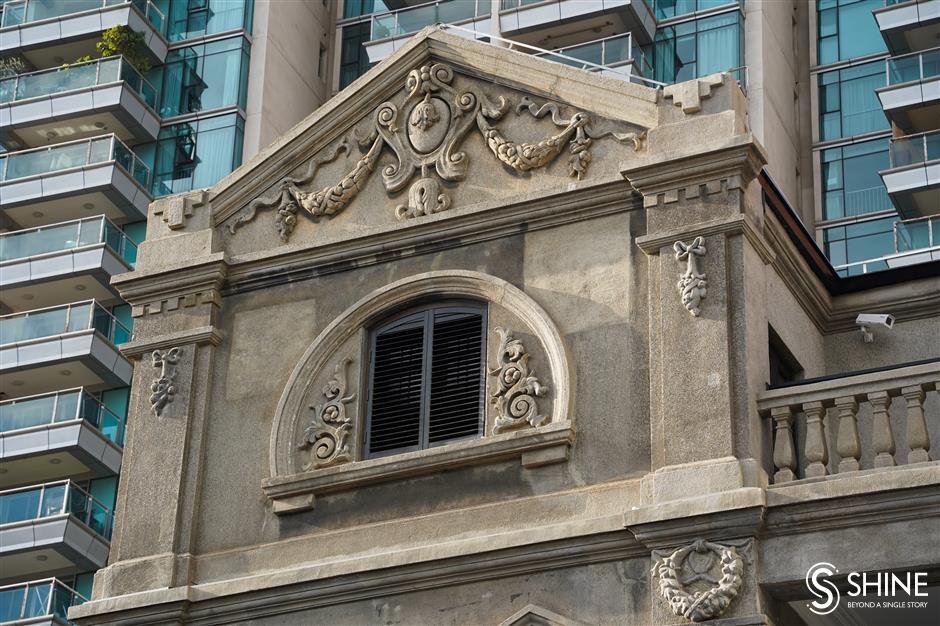
Western elements are seen
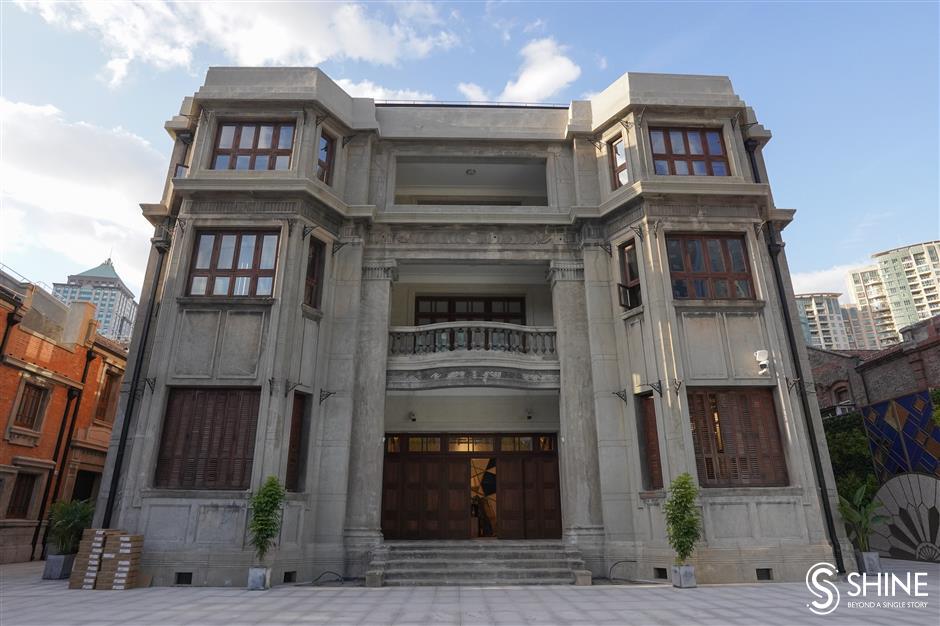
Another mansion in Zhangyuan
Source: Shanghai Daily
Application Status
| 04-16 | 21315227 | Processing |
| 03-12 | 21315226 | Processing |
| 09-26 | 21315225 | Processing |
Inquiry Status
| 02-29 | 02131558 | Received |
| 03-06 | 02131557 | Received |
| 11-14 | 02131556 | Received |
FAQ
Q: Q: Is there a place where I can get...
A: A: Log on to http://touch.shio.gov....
A: A: Log on to http://touch.shio.gov....
Q: Q: What is the easiest way to set u...
A: A: 1. Log on to http://touch.shio.g...
A: A: 1. Log on to http://touch.shio.g...
Q: Where can I get an English map of S...
A: English maps of Shanghai are availa...
A: English maps of Shanghai are availa...

